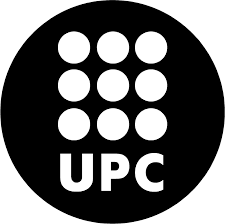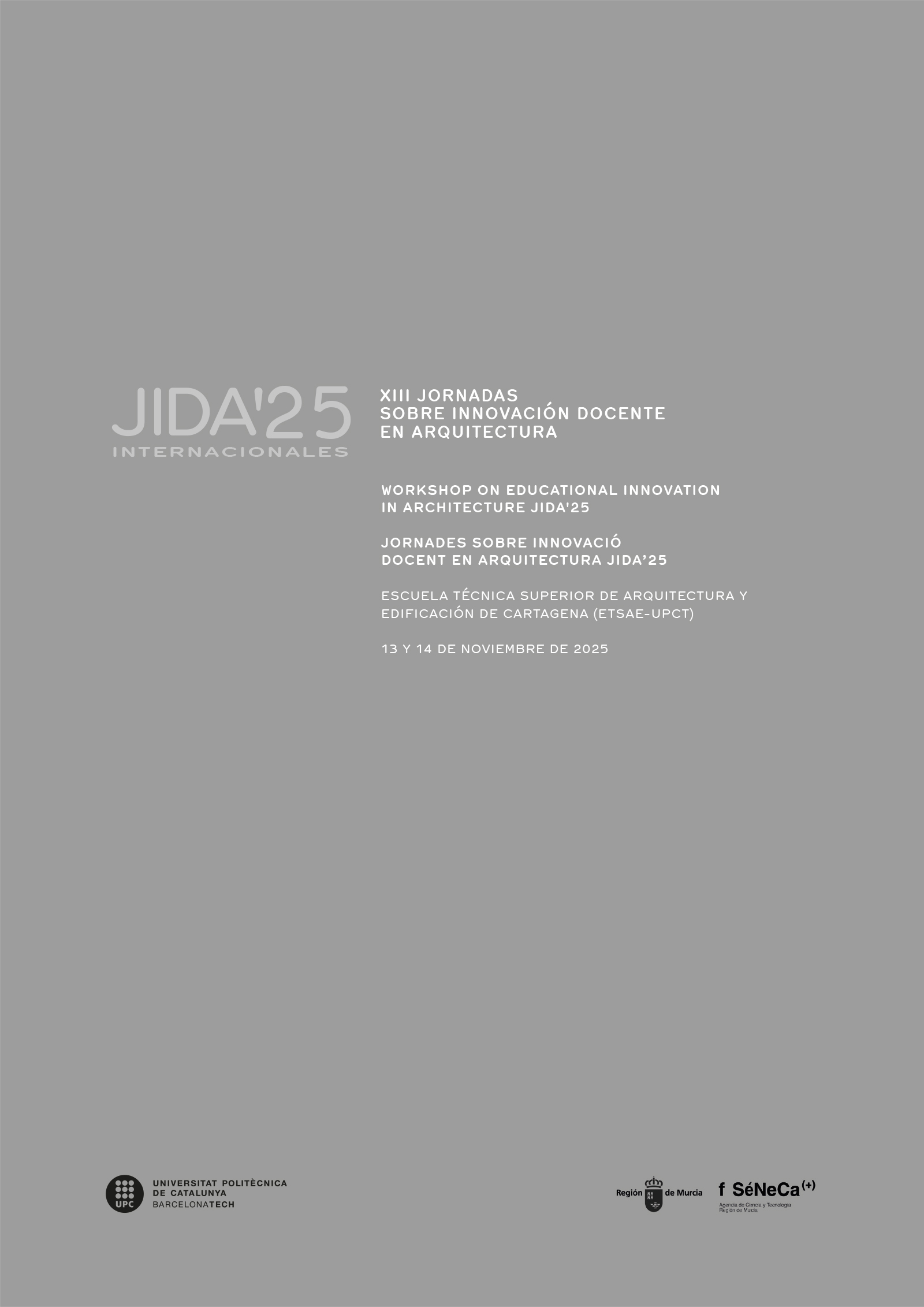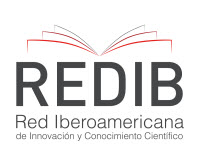An attempt at exhausting a building
DOI:
https://doi.org/10.5821/jida.2025.13610Keywords:
architecture, Research by Design, artists notebook, architectural analysis, graphical communicationAbstract
Inspired by a text by Georges Perec, we developed the exercise titled “An attempt at exhausting a building.” Over the course of a semester, each student investigated a contemporary building located in Madrid. Through sustained engagement with the site, including numerous in-person visits, students explored the temporal and experiential dimensions of architecture, uncovering aspects that often elude superficial observation. The research was documented in a notebook that integrated both visual and written techniques. Employing the Research by Design (RbD) methodology, the notebook was conceived not as a final product, but as a medium for inquiry through design. As in a design project, students were required to study the assigned environment, define an analytical framework, and design the spatial structure of the notebook. Through an iterative process, the notebooks evolved into projective tools that combined analysis, reflection, and action, emphasizing the value of the urban environment as a laboratory and drawing as a method of investigation.
References
Anning, Angela. 1999. «Learning to draw and drawing to learn». Journal of Art & Design Education, 18 (2): 163-172.
Bowen, Tracey y M. Max Evans, 2014. «What does knowledge look like? Drawing as a means of knowledge representation and knowledge construction». Education for Information, 31 (1-2): 53-72.
Brooks, Margaret L. 2017. «Drawing to learn». En Multimodal Perspectives of Language, Literacy, and Learning in Early Childhood: The Creative and Critical “Art” of Making Meaning, editado por Marilyn J. Narey, 25-44. Pittsburgh: Springer International Publishing.
Edwards, Betty. 2001. Aprender a Dibujar Con El Lado Derecho del Cerebro. Barcelona: Ediciones Urano.
Evangeline, Fiona y Esther Kiruba Jebakumar Clifford. 2024. «The Burden of Research in Architecture: Why do researchers not have an equitable share in the glory of being called architects?». Exchanges: The Interdisciplinary Research Journal 11 (3): 56-65.
Figueras Ferrer, Eva, Bibiana Crespo Martín y M. Mar Redondo Arolas. 2014. «El cuaderno de artista reflexivo. Una metodología de evaluación continua en el proceso de enseñanza-aprendizaje». Revista del Congrés Internacional de Docència Universitària i Innovació (CIDUI), (2): 1-8.
Fiorella, Logan y Shelbi Kuhlmann. 2020. «Creating drawings enhances learning by teaching». Journal of Educational Psychology, 112 (4): 811-822.
Fiorella, Logan, and Qian Zhang. 2018. «Drawing boundary conditions for learning by drawing». Educational Psychology Review, 30 (3): 1115-1137.
Frayling, Christopher. 1994. «Research in art and design». Royal College of Art Research Papers, 1 (1): 1-5.
Hauberg, Jørgen. 2011. «Research by design: a research strategy». Revista Lusófona de Arquitectura e Educação, (5): 46-56.
Lloveras Montserrat, Joaquín y Judit Taberna Torres. 2014. «Fotografía y dibujo manual. Una nueva experiencia en el aprendizaje de la expresión gráfica.» En XII Jornadas de Redes de Investigación en Docencia Universitaria. El reconocimiento docente: innovar e investigar con criterios de calidad, 1080-91. Alicante. Universidad de Alicante.
Martikainen, Jari y Eemeli Hakoköngäs. 2023. «Drawing as a method of researching social representations». Qualitative Research, 23 (4): 981-999.
Martínez Gutiérrez, Raquel y Raquel Sardá Sánchez. 2022. «El libro de artista como vehículo de la emoción del proyecto arquitectónico». En X Jornadas sobre Innovación Docente en Arquitectura, editado por Daniel García Escudero y Berta Bardí Milà, 125-135. Barcelona: UPC-IDP; GILDA.
Megahed, Yasser. 2017. «On research by design». Arq: Architectural Research Quarterly 21 (4): 338-343.
Perec, Georges. 1992. Tentativa de agotar un lugar parisino. Rosario: Beatriz Viterbo Editora.
Perec, Georges. 2008. Lo infraordinario. Ciudad de México: Editorial Verdehalago.
Pérez García, Diego. 2024. «Rehacer, no deshacer: insistencia de la representación manual en taller». En XII Jornadas sobre Innovación Docente en Arquitectura, editado por Daniel García Escudero y Berta Bardí Milà, 84-99. Barcelona: IDP-UPC.
Rellensmann, Johanna, Stanislaw Schukajlow y Claudia Leopold. 2017. «Make a drawing. Effects of strategic knowledge, drawing accuracy, and type of drawing on students’ mathematical modelling performance». Educational Studies in Mathematics 95 (1): 53-78.
Roggema, Rob. 2016. «Research by design: Proposition for a methodological approach». Urban science 1 (1): 2.
Salgado de la Rosa, Maria Asunción, Javier Fco. Raposo Grau y Belén Butragueño Díaz-Guerra. 2021. «Aprendiendo a dibujar confinados: un método, dos entornos». En IX Jornadas sobre Innovación Docente en Arquitectura, editado por Daniel García Escudero y Berta Bardí Milà, 25-35. Barcelona: UPC-IDP; GILDA.
Serrazanetti, Francesca. 2009. La mano dell´architetto = The hand of the architect. Milan: Moleskine.
Tytler, Russell, Vaughan Prain, George Aranda, Joseph Ferguson y Radhika Gorur. 2019. «Drawing to reason and learn in science». Journal of Research in Science Teaching, 57 (2): 209-231.
Vansieleghem, Nancy. 2021. «Tracing lines: On the educational significance of drawing». Studies in Philosophy and Education, 40 (3): 275-285.
Verbeke, Johan. 2021. «This is research by design». En Design research in architecture: An Overview, editado por Murray Fraser, 137-160. Londres: Routledge.






















